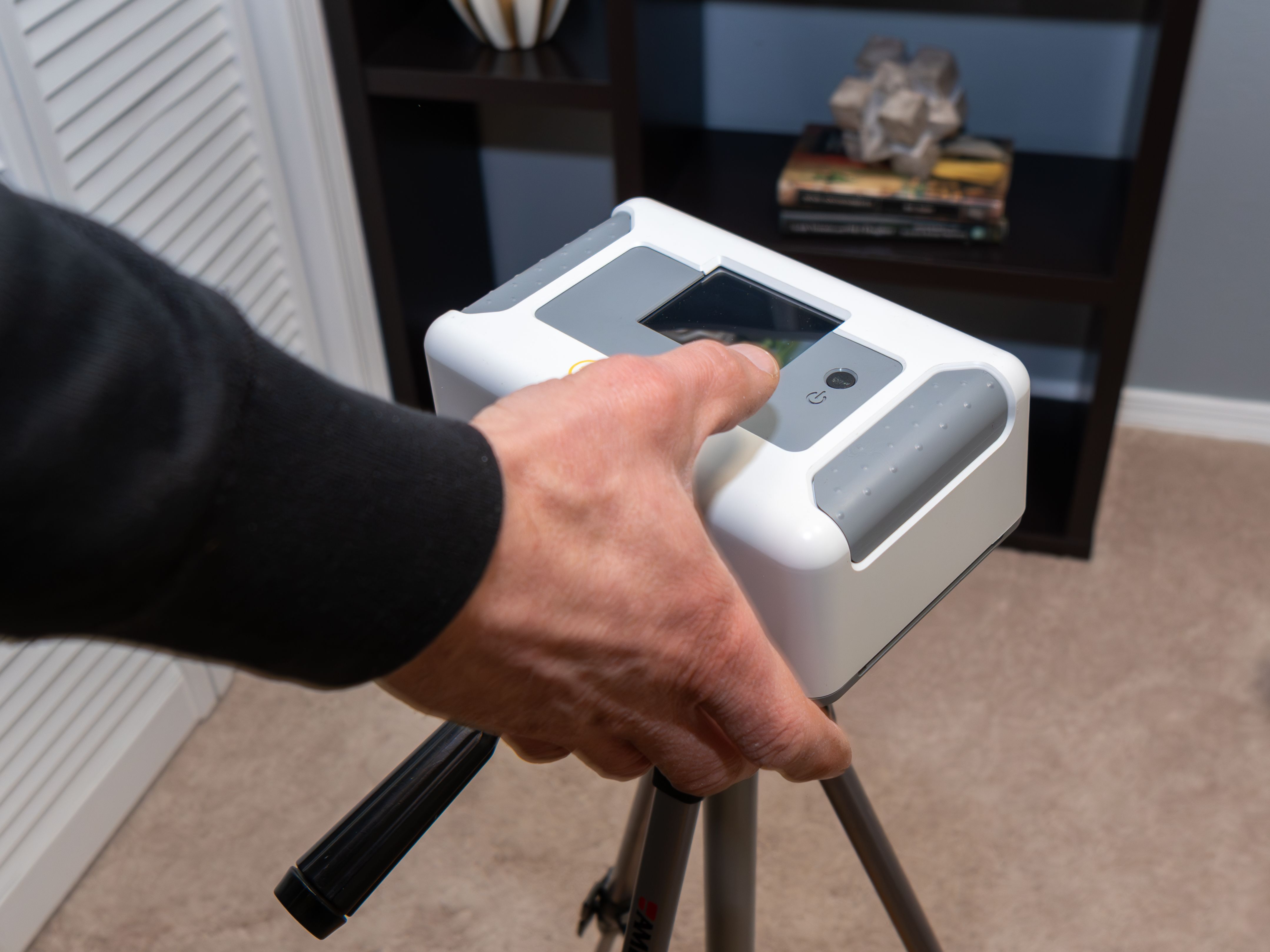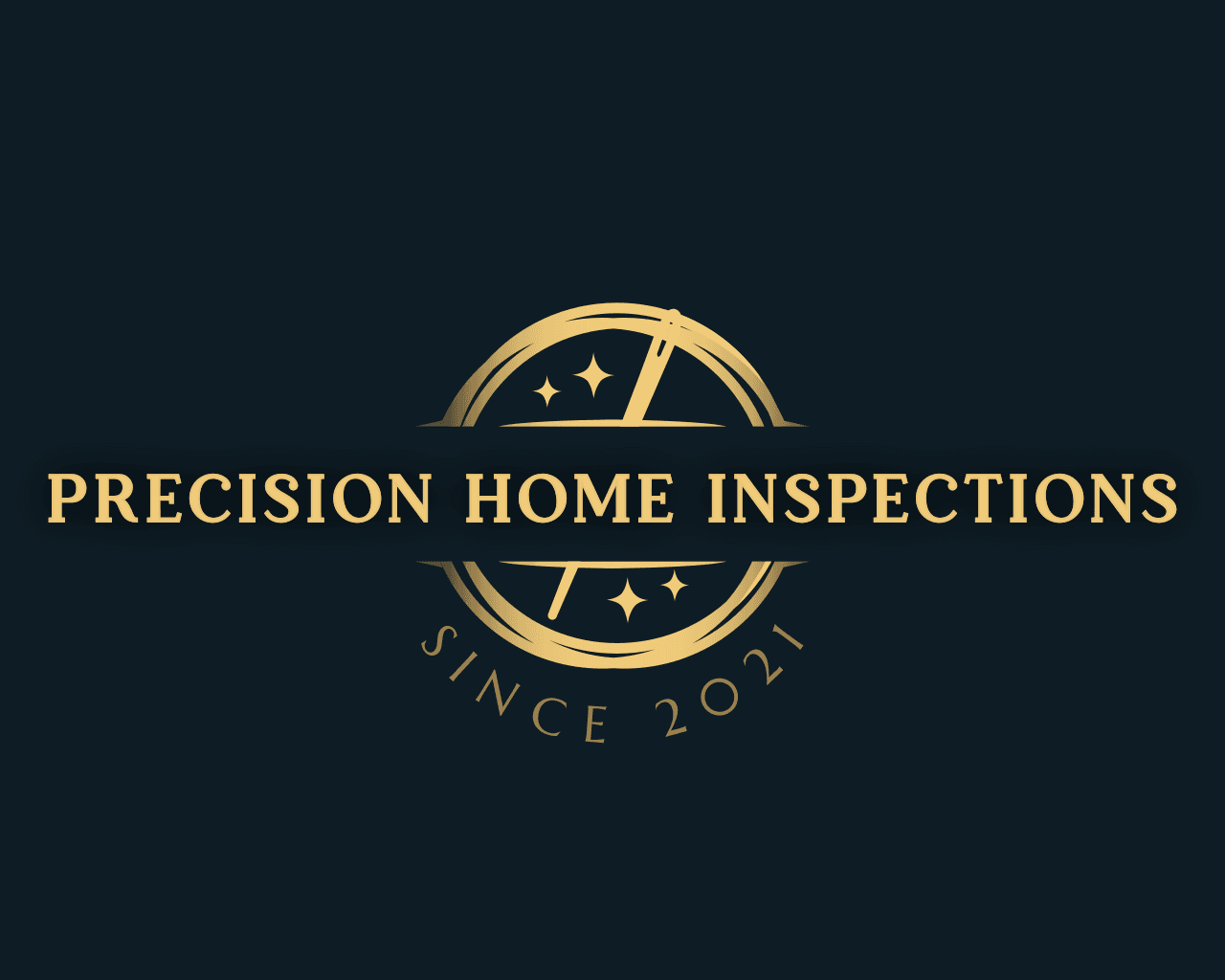Steps to Take When Radon Levels Are High
jk
Understanding Radon and Its Risks
Radon is a colorless, odorless radioactive gas that can pose serious health risks if it accumulates in your home. It is produced by the natural decay of uranium in soil and rocks and can seep into buildings through cracks and openings. Prolonged exposure to high levels of radon is the second leading cause of lung cancer after smoking. Therefore, it's crucial to take immediate action if you discover elevated radon levels in your home.

Testing for Radon
Before taking any remedial steps, it's essential to test your home for radon to determine the concentration levels. You can purchase a radon testing kit from a local hardware store or hire a professional to conduct the test. There are two main types of tests: short-term and long-term. Short-term tests can provide quick results, while long-term tests offer a more accurate average of radon levels over time.
Short-Term Testing
Short-term radon tests are typically conducted over a period of 2 to 7 days. They are useful for quick assessments but may not always provide the most accurate representation of year-round radon levels. These tests are a good starting point if you suspect a radon problem.

Long-Term Testing
For a more comprehensive understanding of radon levels in your home, consider conducting a long-term test. These tests last from 90 days to a year and are more reliable in identifying consistent radon exposure. Long-term tests are particularly recommended if initial short-term tests show elevated radon levels.
Steps to Reduce High Radon Levels
If testing reveals high radon levels in your home, it's important to act promptly. Here are some steps you can take to mitigate the risk:
- Seal Cracks and Openings: Start by sealing any visible cracks in your foundation, walls, and floors. Use caulk or other appropriate sealants to minimize radon entry points.
- Increase Ventilation: Improving the ventilation in your home can help dilute radon concentrations. Consider installing ventilation fans or opening windows to allow fresh air circulation.
- Install a Radon Mitigation System: For effective and long-term radon reduction, a radon mitigation system is often necessary. A professional can install this system, which typically includes a vent pipe and fan to draw radon from beneath the foundation and expel it outside.

Hiring a Professional
While some steps can be done by homeowners themselves, hiring a certified radon mitigation professional is often the best approach for significant radon issues. Professionals have the expertise and tools needed to install effective mitigation systems and ensure that radon levels are reduced to safe levels.
Regular Monitoring and Maintenance
After installing a radon mitigation system or taking other remedial actions, it's important to regularly monitor radon levels to ensure that they remain low. Conduct follow-up tests annually or after any significant changes to your home, such as renovations or structural adjustments.
By staying vigilant and proactive, you can protect your home and loved ones from the dangers of radon exposure. Addressing high radon levels promptly not only enhances your home's safety but also provides peace of mind knowing that you have taken necessary precautions against this invisible threat.
